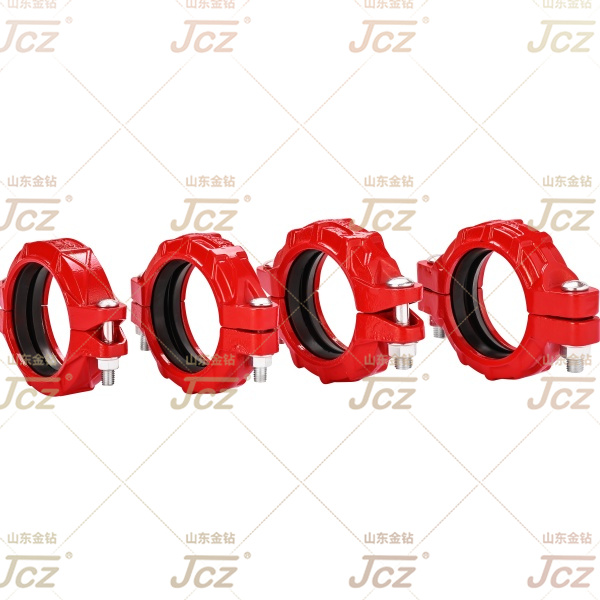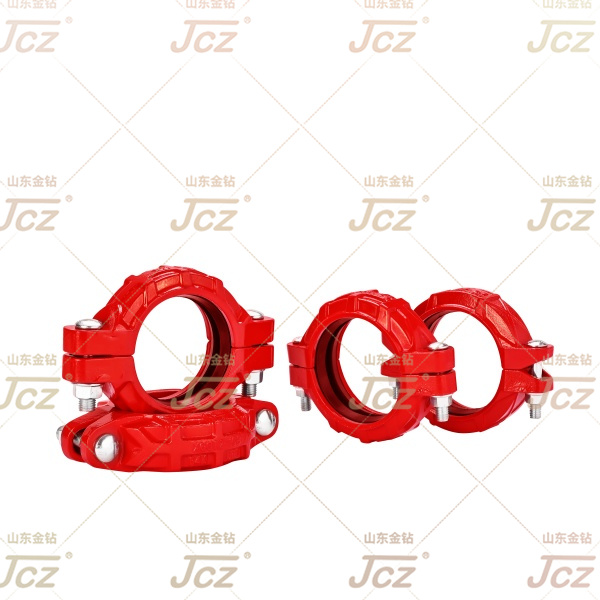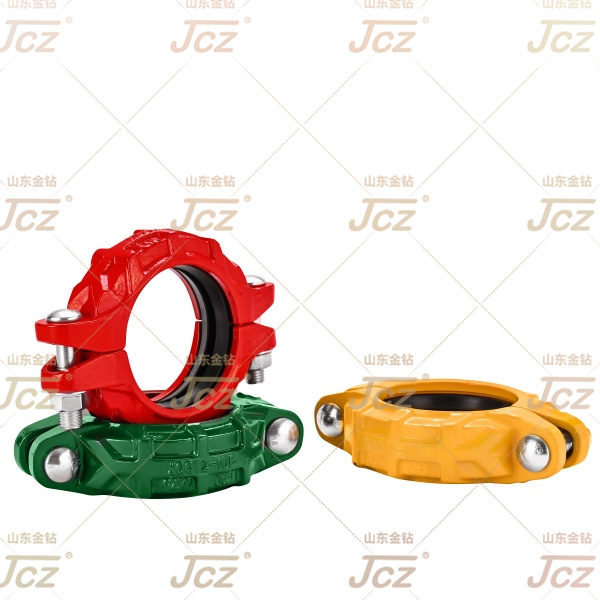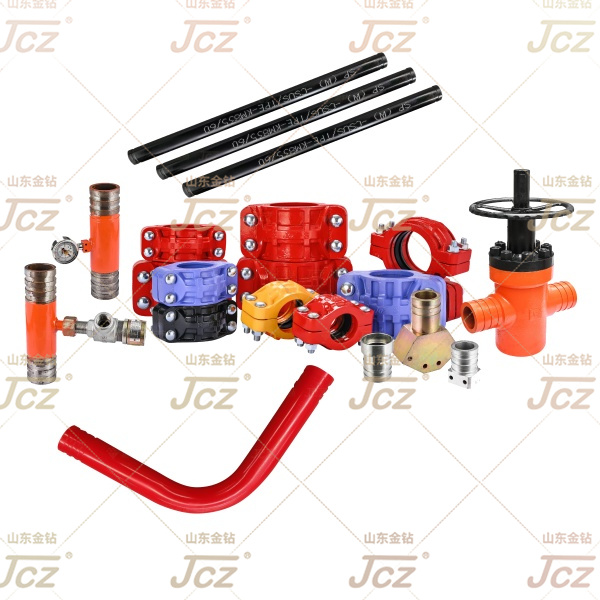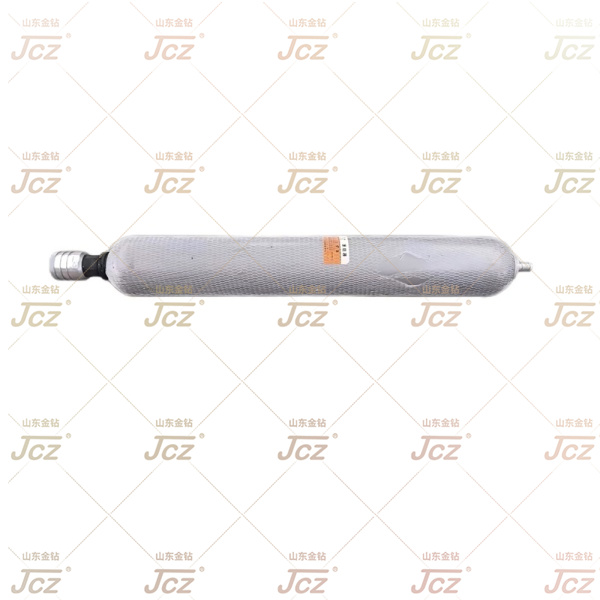
Accumulator
The remote liquid supply system is a system that realizes the supply and management of liquids (such as water, oil, chemicals, etc.) through remote monitoring and control technology. It is widely used in industry, agriculture, construction, energy and other fields, which can improve the efficiency of liquid supply, reduce labor costs, reduce resource waste, and realize intelligent management.
1. Core components of remote liquid supply system
1. Liquid supply equipment:
Pump station, liquid storage tank, pipeline, valve and other basic equipment.
2. Sensors and monitoring equipment:
Flow sensor, pressure sensor, liquid level sensor, temperature sensor, etc., used to monitor the liquid state in real time.
3.Control system:
PLC (Programmable Logic Controller), SCADA (Data Acquisition and Monitoring System), etc., used to automatically control the liquid supply process.
4. Communication module:
Communication between equipment and remote control center is realized through Internet of Things technology.
5. Remote monitoring platform:
A cloud computing-based software platform that provides real-time data visualization, alarm, remote control and other functions.
6. Data analysis and optimization:
-Use big data and artificial intelligence technology to analyze liquid supply data and optimize liquid supply strategy.
2. Functions of remote liquid supply system
1. Real-time monitoring:
Real-time monitoring of parameters such as liquid level, flow, pressure, temperature, etc.
2. Remote control:
Remotely control the opening and closing of pump stations and valves through mobile phones, computers and other terminals.
3. Automatic alarm:
When the system is abnormal (such as low liquid level, high pressure), the alarm information is automatically sent.
4. Data recording and analysis:
Record historical data, generate reports, and analyze liquid supply efficiency.
5. Energy saving optimization:
Dynamically adjust the liquid supply strategy according to demand to reduce energy consumption.
6. Fault diagnosis and prediction:
Predict equipment failures through AI algorithms and perform maintenance in advance.
3. Application scenarios of remote liquid supply system
1. Industrial production:
Used for the supply and management of cooling water, lubricating oil, and chemical reagents.
2. Agricultural irrigation:
Realize remote precision irrigation of farmland and save water resources.
3. Building water supply:
Used for remote water supply management of high-rise buildings and residential areas.
4. Energy industry:
Used for remote transportation and monitoring of oil and natural gas.
5. Environmental protection field:
Used for remote management of sewage treatment, rainwater collection and other systems.
4. Advantages of remote liquid supply system
1. Improve efficiency:
Automated operation reduces manual intervention and improves liquid supply efficiency.
2. Reduce costs:
Reduce labor costs, optimize resource utilization, and reduce operating costs.
3. Enhance reliability:
Real-time monitoring and alarm functions ensure stable operation of the system.
4. Flexible management:
Flexible scheduling and management through remote control.
5. Data-driven decision-making:
-Optimize liquid supply strategy based on data analysis and improve system performance.
5. Implementation steps of remote liquid supply system
1. Demand analysis:
Clearly define the specific needs of the liquid supply system (such as flow, pressure, liquid level, etc.).
2. System design:
Design the layout of liquid supply equipment, sensor layout, communication scheme, etc.
3. Equipment installation and debugging:
Install sensors, controllers, communication modules and other equipment, and debug them.
4. Platform development and integration:
Develop a remote monitoring platform to integrate sensor data and control functions.
5. Trial operation and optimization:
Perform a trial operation and optimize system parameters based on actual results.
6. Formal operation and maintenance:
Formally put into use, regularly maintain and upgrade the system.
6. Future development trends
1. Intelligence:
Combined with AI technology, more accurate liquid supply control and fault prediction are achieved.
2. Green energy saving:
Reduce energy consumption and resource waste by optimizing liquid supply strategies.
3. Modular design:
Provide modular solutions for rapid deployment and expansion.
4. 5G technology application:
Use 5G networks to achieve higher speed and low latency remote control.
5. Cross-industry application:
Expand to more industries, such as medical care, food processing, etc.
Feedback


